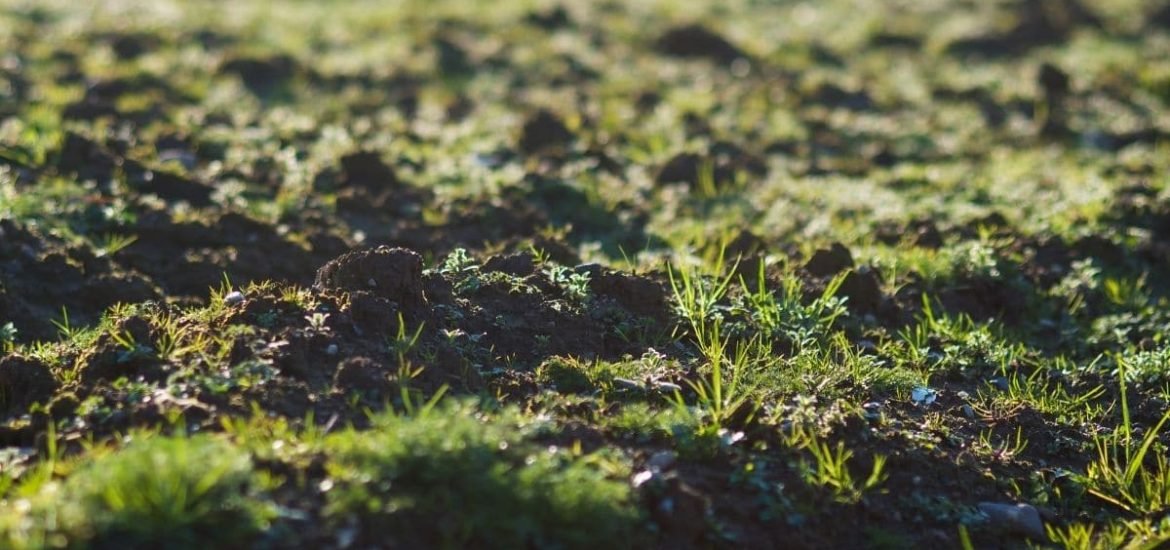
The importance of below-ground biodiversity, as well as its complex interaction with the above-ground world, is often overlooked, according to a recent UN report. Soil is not only vital to agriculture but essential for clean water and maintaining biodiversity.
Soil biodiversity is defined as the variety of life belowground including a wide range of organisms, from unicellular and microscopic forms to invertebrates such as nematodes, earthworms, arthropods and their larval stages, as well as the mammals, reptiles, and amphibians that spend a large part of their life belowground, and a huge variety of algae and fungi. This diverse community of living organisms is what keeps the soil healthy and fertile and contributes to many of the processes that make life on Earth possible.
However, this crucial ecosystem remains threatened by the intensification of agriculture due to increased demand for food production, the widespread use of pesticides and other chemicals, human activities, erosion and compaction, and climate change – an increasing number of extreme events, such as heatwaves and droughts, are degrading the soil.
Ahead of World Soil Day, marked on 5 December, The Food and Agriculture Organization (FAO) of the UN launched its first report on The State of Knowledge of Soil Biodiversity, which involved more than 300 scientists from around the world.
About one-quarter of all biodiversity can be found in the soil. But despite being one of the main ‘global reservoirs’ of biodiversity, the soil is not getting the attention it deserves, according to the report.
“Soil biodiversity and sustainable soil management is a prerequisite for the achievement of many of the Sustainable Development Goals”, said Maria Helena Semedo, Deputy Director-General of the FAO.
“Therefore, data and information on soil biodiversity, from the national to the global level, are necessary in order to efficiently plan management strategies on a subject that is still poorly known”.
The report highlights a number of threats to soil biodiversity including farming, deforestation, urbanization, structure degradation, acidification, pollution, wildfires, erosion, and landslides. Overuse and misuse of agrochemicals are significant drivers of biodiversity loss. Moreover, farming activities are the biggest source of carbon dioxide and nitrous oxide gases emitted by soils, which contribute to climate change.
Changes in soil management practices are urgently needed to reduce the use of fertilisers and pesticides and create more resilient soils that can support the long-term production of high-quality food. The FAO campaign “Keep soil alive, protect soil biodiversity” aims to raise awareness of the importance of sustaining healthy ecosystems and human well-being.
The adoption of sustainable soil management practices by farmers will require technical support as well as incentives. But there is currently a lack of detailed data, policies, and actions on soil biodiversity at local, national, regional, and global levels, according to the UN.
The authors hope to encourage scientists, policymakers, and the general public to take prompt steps to protect soil biodiversity, which would have immense benefits. Retaining a richly diverse ecosystem below the ground can boost crop growth, help break down pollutants, and serve as an almost inexhaustible sink for carbon to help mitigate climate change.